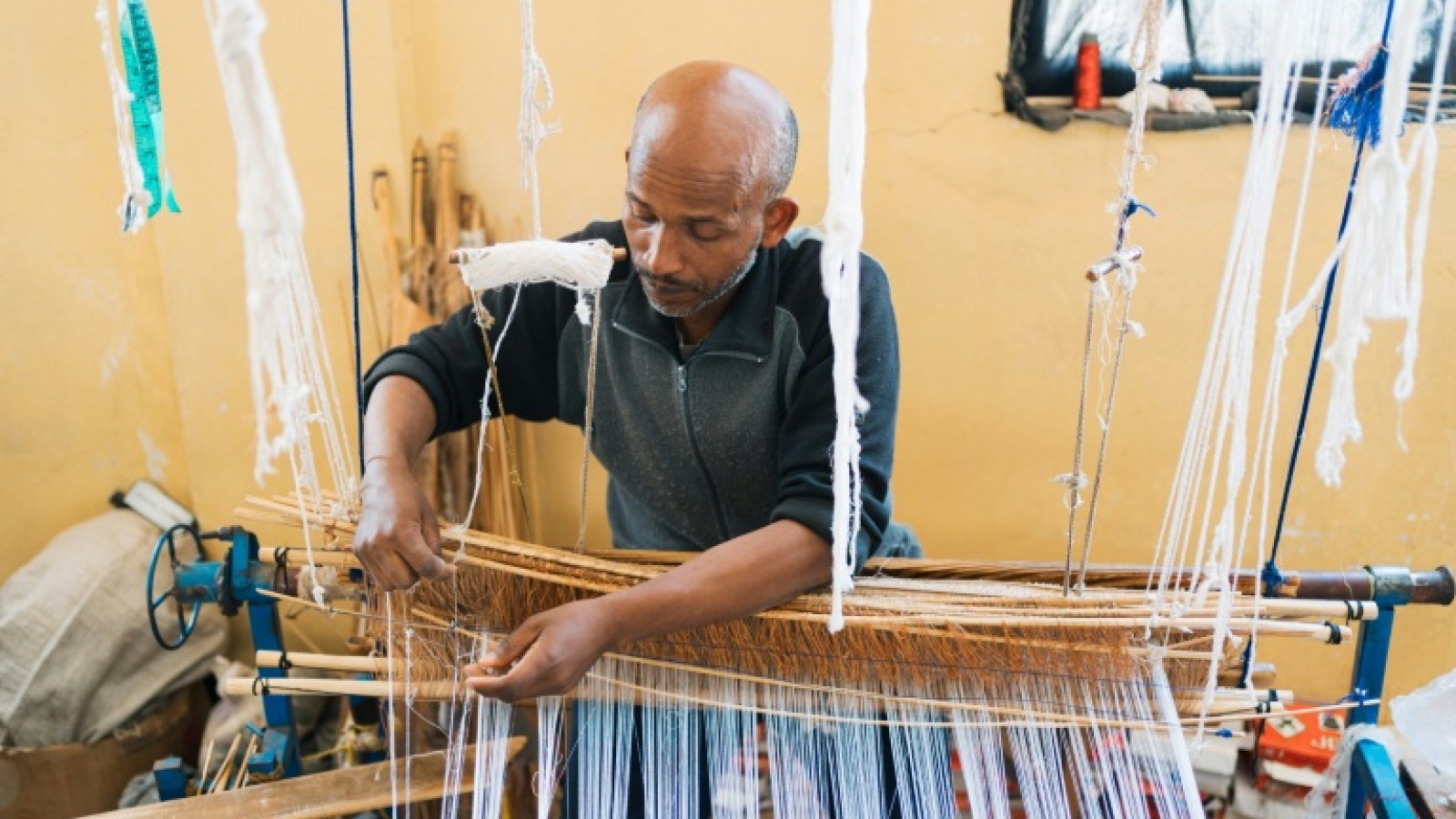Ethiopia's Weavers Struggle To Keep Garment Tradition Alive
3 minute readPublished: Wednesday, October 15, 2025 at 5:57 am

Ethiopian Weavers Face Economic Headwinds, Threatening Centuries-Old Tradition
Addis Ababa, Ethiopia – The rhythmic clatter of looms echoes through a workshop in Addis Ababa, where skilled weavers are struggling to preserve a centuries-old tradition: the creation of the "habesha kemis," the long, white cotton dresses adorned with intricate embroidery. These garments, essential for festivities and religious ceremonies, are painstakingly handwoven, a process that can take up to two weeks for the most elaborate designs.
However, the economic realities of Ethiopia are casting a long shadow over this craft. Inflation, currently around 21.5 percent, has significantly slowed demand for the dresses. Many weavers, like Asefaw Yemu, who has three decades of experience, are finding it difficult to make ends meet, earning between 10,000 and 15,000 birr ($68-102) a month before deducting the cost of raw materials.
The economic hardship is compounded by the fact that approximately 39 percent of Ethiopia's population lived below the poverty line in 2021, a figure projected to rise to 43 percent this year. The influx of cheaper, machine-made habesha kemis, particularly from China, has further undercut the traditional weavers.
Getu Derza, who began weaving at age 14, laments the impact of mass-produced alternatives on their income. The younger generation, like 23-year-old Abush Dubule, is already considering abandoning the craft, citing a lack of future prospects.
Belhu Belta, who runs a shop selling traditional garments, struggles to attract customers. He remains hopeful that there are still those who value the handmade quality. Adanech Daniel, shopping for a wedding dress, represents the kind of customer who keeps Belta optimistic.
BNN's Perspective: The situation in Ethiopia highlights the complex interplay between economic forces, cultural heritage, and global trade. While the economic challenges are undeniable, the enduring value placed on these traditional garments by some customers suggests a potential for sustainable solutions. Supporting local artisans and promoting the unique cultural significance of handwoven habesha kemis could help preserve this important tradition.
Keywords: Ethiopian weaving, habesha kemis, traditional dresses, handwoven garments, economic hardship, inflation, poverty, artisan crafts, cultural heritage, Addis Ababa, weaving tradition, Ethiopian culture, textile industry, handmade clothing, local artisans, economic challenges